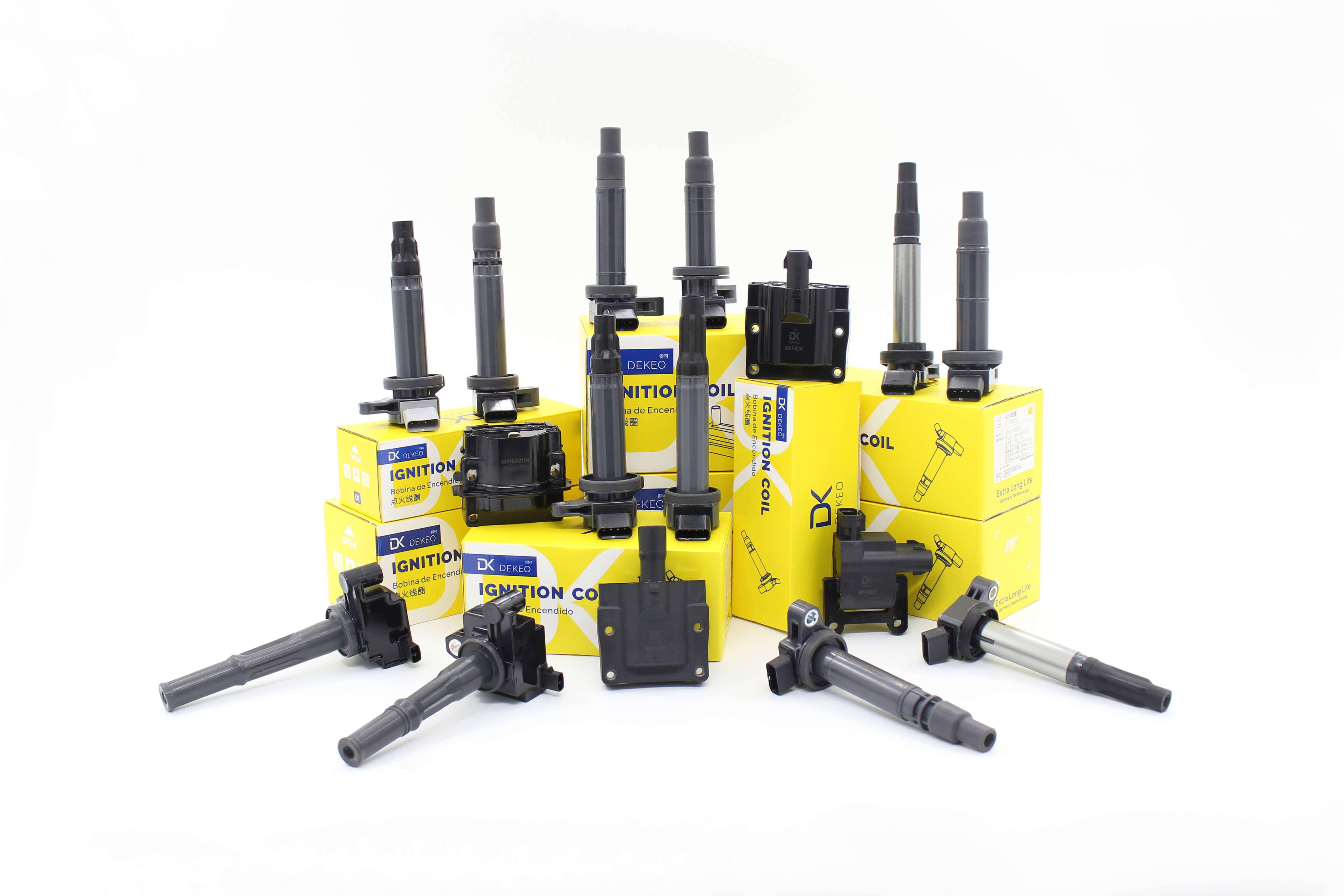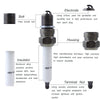Unraveling Ignition Coil Problems: Understanding Causes and Remedies

- Understanding the Ignition Coil
The ignition coil is a critical component in a vehicle's ignition system, comprising the main coil, secondary coil, magnetic core, switching transistor, and other auxiliary parts. The primary coil charges through the battery, while the secondary coil discharges, igniting the spark plug. Transistors control the charging time, which depends on the battery voltage and engine speed. Ignition coils come in 3-wire and 4-wire types, with the latter featuring ignition detection wires.
In essence, the ignition coil is a transformer that boosts voltage from tens to tens of thousands of volts. The voltage input to the primary coil is provided by the electronic igniter.
- Causes of Ignition Coil Failure
The primary reasons for ignition coil failure are insulation breakdown due to aging or damage to the switching transistor. A large spark plug gap puts a heavy load on the main coil, generating heat and causing rapid insulation layer aging. Conversely, a small spark plug gap results in a high discharge current, generating heat in the secondary coil and causing insulation layer aging. Subpar insulation material and high internal resistance in assembled ignition coils can also lead to a shorter lifespan.
If a coil consistently fails and burns out after replacement, several factors may be contributing to the issue:
-
Generator problems: Excessive power generation can cause ignition coil burnout due to overload. Test the generator, as other electrical components may also fail if the power generation is too high.
-
Spark plug gap: Adjust the gap or replace the spark plug if it is too large.
-
Fuel quality: Poor gasoline quality may affect the ignition coil. Try using higher-grade gasoline.
-
Cylinder compression ratio: Adjust the compression ratio if it is incorrect.
-
Computer issues: A program failure on the computer board may require a visit to a repair shop for diagnostics and error clearing.
-
Unstable power supply voltage.
-
High-voltage line resistance: Replace the high-voltage line if its resistance is abnormal.
-
Secondary short circuits.
-
Overheating of the ignition controller's primary current.
-
Issues with high-temperature and high-pressure waves.
-
Faulty ignition coil: Try using a different brand if problems persist.
-
Inefficient integrated firearm blocks.
-
Diagnosing Ignition Coil Issues
When encountering ignition coil problems, it is essential to identify the cause of overload or component aging. Use an infrared thermometer or your hand to determine whether there is an internal short circuit or open circuit fault in the ignition coil or ignition module. If a fault is identified, restarting the vehicle and measuring the ignition coil casing's temperature can help you make a judgment.
- Ignition coil overheating: If the surface temperature is greater than 95°C (203°F), the ignition coil has an internal short circuit and must be replaced.
- Ignition coil too cold: If the surface temperature equals the ambient temperature during startup, the ignition coil is open and must be replaced.
- Ignition module overheating: If the temperature is higher than 100°C (212°F), the ignition module has a short circuit and must be replaced.
- Ignition module too cold: If the temperature equals the ambient temperature during startup, the ignition module's internal circuit is broken and must be replaced.
- Posted in Automotive, Autoparts, Ignition Coil, Import, Maintenance, Supplier












